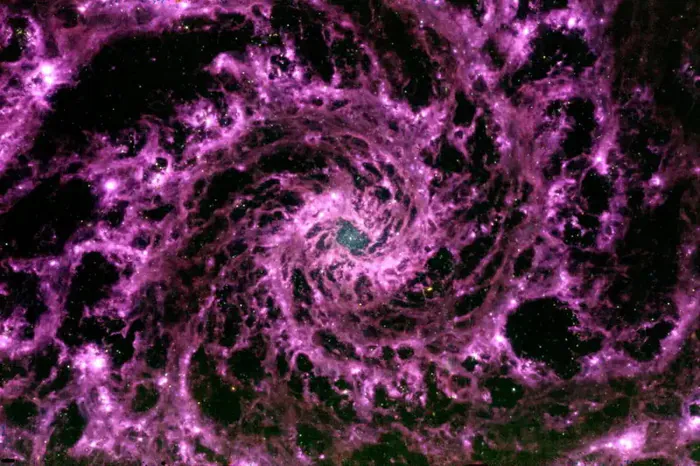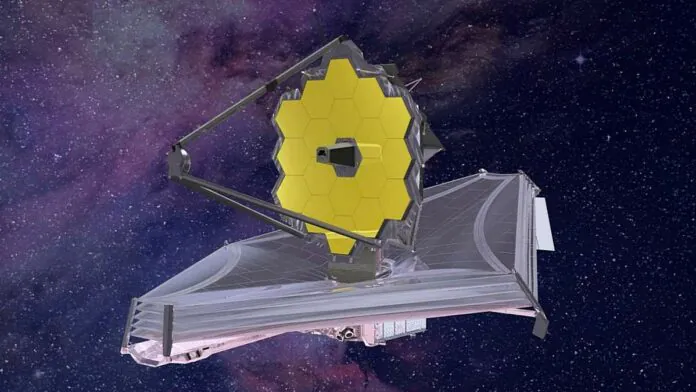© ROOT-NATION.com - Use of content is permitted with a backlink.
The James Webb Telescope may have discovered a galaxy that existed 13.5 billion years ago. The galaxy was named GLASS-z13. It was formed 300 million years after the Big Bang. This is about 100 million years earlier than all previously identified objects.
GLASS-z13 existed in the early universe, but its exact age is unknown because it could have formed at any time during the first 300 million years. GLASS-z13 was discovered based on early data obtained by the primary infrared thermal imager from the NIRCam orbiting observatory. The galaxy looks like a red blob with a white spot in the center. Using data collected with various infrared filters, the team was able to determine where the light was coming from, indicating a distant galaxy.

Now the team wants to ask telescope managers to allow some time to perform spectroscopy, which is an analysis of light that reveals the detailed properties of an object and will help measure its exact distance.
In other news, the scientist released a mid-infrared image of the center of the galaxy NGC 628, based on data obtained by the James Webb Space Telescope (JWST) on July 17. A beautiful photo of the spiral galaxy NGC 628, obtained using data from this powerful observatory, can provide insight into how dust behaves in space.

The image is a composite of three data sets at different wavelengths obtained by the JWST team, which is responsible for the operation of the mid-infrared instruments. Gabriel Brammer of the University of Copenhagen in Denmark, who is not affiliated with the team, downloaded the data and converted each of the infrared wavelengths into red, green and blue before combining them to create a single image.
Previously, the galaxy NGC 628 had already been photographed in visible light by other telescopes, including Hubble. Externally, it is very similar to the Milky Way as a twin, if viewed from above on the galactic plane. JWST’s ability to observe infrared light in high resolution reveals its hidden structure. “If our eyes could see in these mid-infrared wavelengths, the night sky would look a lot more like this picture, which I think would be spectacular, maybe a little terrifying,” says Brammer.
The distinctive purple tint of Brammer’s image is due to the unique chemical composition of the dust clouds of NGC 628. They are mainly composed of large molecules known as polycyclic aromatic hydrocarbons.
You can also help Ukraine fight with Russian occupants via Savelife or via an official page of the National Bank of Ukraine.
- The James Webb telescope showed Jupiter in all its glory
- Webb begins the hunt for the stars and habitable worlds


